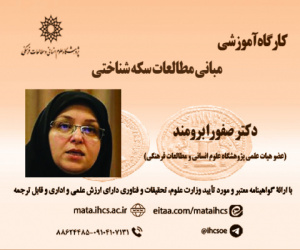تیپولوژی ها ی قتل بر اساس چند روایت (مقاله علمی وزارت علوم)
درجه علمی: نشریه علمی (وزارت علوم)
آرشیو
چکیده
اگرچه هر نوع قتلی در نوع خود منحصر به فرد است، اشکالی از قتل می تواند دربرگیرندیه ویژگی های مشترکی باشد و این امر بیانگر آن است که قتل به صورت های متعددی الگو می یابد. پژوهش حاضر با اتخاذ یک رویکرد کیفی و با تأکید بر داده هایی که از طریق مصاحبه های عمیق نیم ساخت یافته با 14 قاتل (12 مرد و 2 زن) حاصل شده است، سعی بر شنا سایی تیپ ها ی مختلف قتل و فهم چرایی و چگونگی شکل گیری پدیدیه قتل دارد. داده های حا صل از مصاحبه های عمیق آشکار می سازد که قتل یک نوع رفتار یا حادثه نیست، بلکه ماهیت قتل، متنوع است و در زمینیه اجتماعی و فرهنگی ساخته و برساخت می شود. نتایج پژوهش نشان می دهد که قتل در زمینه های مختلفی چون گروه های بزهکار، خانواده، خیابان، در تقارب با سایر جرائم رخ می دهد و به طور تصادفی توزیع نمی شود، بلکه یک کنش متقابل بین دو یا چند نفر از افرادی است که در بیشتر اوقات یکدیگر را می شناسند و در تنازعات بین شخصی، خشونت به صورت یک فرایند پویا بین افراد در یک روابط قرینه ای رد و بدل می شود. آنچه ماشیه خشونت را می کشد، عامل های ترس، رنجش و نفرت، ناامیدی، جاه طلبی و خشم و نمایش است و بیشتر قتل ها ناشی از تضاد افراد بر سر مسائل جزئی است و از این رو می توان آن ها را قتل های مواجهه ای نامید و تعداد کمی از قتل ها، قتل های انتقامی است که می تواند منعکس کنندیه یک تصمیم عقلانی، تحقیرشدگی یا ناامیدی باشد.Typologies of Murder Based on Several Narratives
While any murder is unique in its kind, different types of murders could include common features, thus indicating that murder could be patterned in several types. By adopting a qualitative methodology, and through in- depth, semi- structured interviews with 14 murderers which included 12 men and two women in Tehran, the present research tries to find out different types of murders and also tries to understand why murder has been committed. Research findings indicate that murder is not just a behavior or event, but that the nature of a murder is varied and constructed in social and cultural context. The results also show that homicide could occur in various social contexts such as criminal groups, within the sphere of family, street crime and also in convergence with other offenses. Murder is not randomly distributed but is often an interaction between two or more persons who have known each other and in interpersonal conflict, violence as a dynamic process can be exchanged among individuals in similar social status. Fear, resentment and hatred, despair, ambition and anger and showing off, are several reasons which could pull the trigger of violence. Most murders are caused by conflict between people over minor issues and hence they can be called confrontational killings. Another type of murders is revenge killings, which could reflect a rational decision, humiliation or despair.









